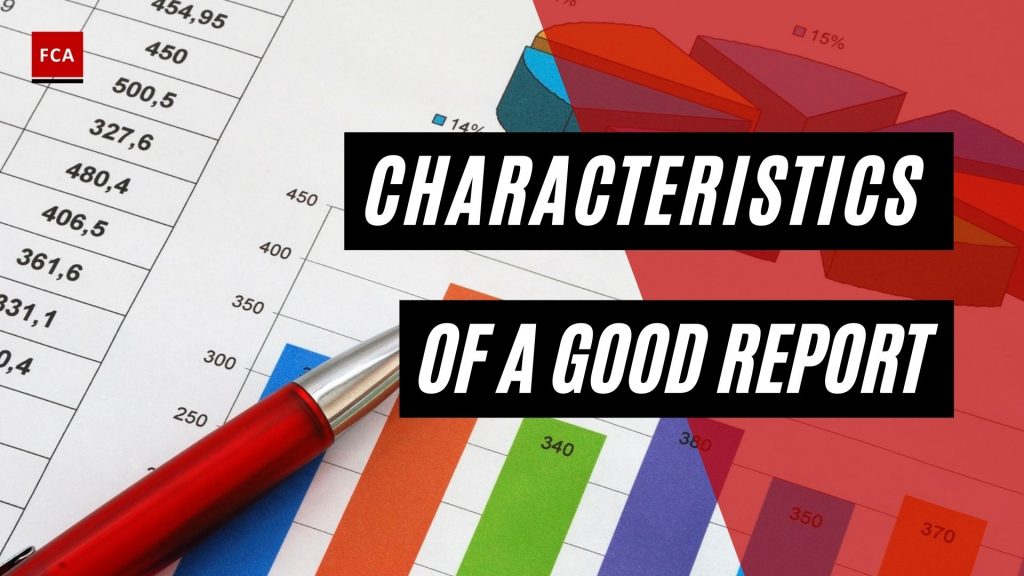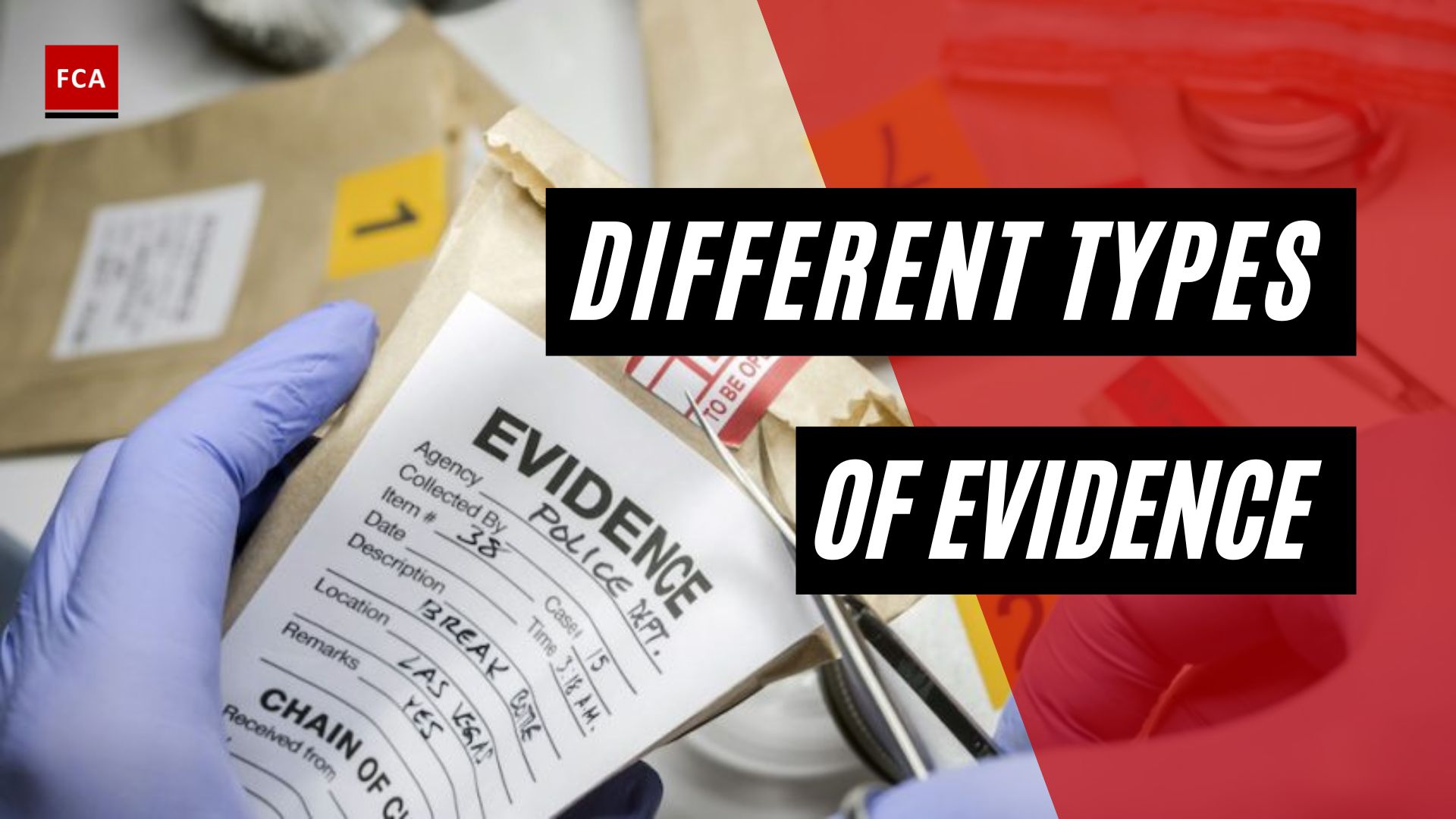Imagine the impact a well-structured, engaging, and informative report can have on your organization’s decision-making process. A good report is more than just a collection of facts and figures – it’s a powerful communication tool that can shape the future of a company. In this blog post, we will explore the characteristics of a good report and how they contribute to effective communication. Let’s dive in and unlock the secrets to creating compelling reports that drive results.
Key Takeaways
A successful report must possess clarity, accuracy, conciseness, coherence, and relevance to effectively facilitate informed decision-making.
Data visualization is essential for good reports in order to effectively convey complex data.
Auditors are responsible for verifying the correctness and reliability of financial information to ensure quality reporting.
Essential Elements of a High-Quality Report

A high-quality report is like a well-crafted symphony, where each element harmoniously blends with the others to create a masterpiece. The five essential characteristics of a good report are:
Clarity
Accuracy
Conciseness
Coherence
Relevance
These components contribute to a comprehensive understanding of the subject matter, allowing stakeholders to make informed decisions based on reliable and credible information.
Clarity
Have you ever read a report that left you more confused than enlightened? Clarity is the cornerstone of a good report, ensuring that the information is easily understood by the reader. A clear report eliminates ambiguity and uses language that is straightforward and succinct. This is particularly important when presenting a company’s financial position, as unclear information can lead to misinterpretation and costly mistakes.
To further elaborate, clarity in a report also involves the use of clear headings and subheadings that guide the reader through the document. It includes the use of bullet points and numbered lists to present information in an organized and digestible way. It also means avoiding overly complex sentences and paragraphs that can be difficult to follow.
In addition, clear reports also make good use of visual aids such as charts, graphs, and diagrams. These can help to break up large blocks of text and can often communicate information more effectively than words alone. They can also make the report more engaging and pleasing to the eye.
Furthermore, a clear report is one that is free of errors. This includes not only factual errors but also grammatical errors and typos. Such mistakes can detract from the clarity of the report and can give the impression that the report is not reliable or trustworthy.
In sum, clarity is about more than just using simple language. It’s about presenting information in a way that is organized, engaging, and error-free, making the report as easy to understand as possible.
Clear reports favor straightforward language, steer clear of jargon, and incorporate visual aids such as graphs and charts when suitable. These methods not only enhance the reader’s understanding of the company’s financial reports but also facilitate the decision-making process by presenting information in a digestible manner.
Accuracy
Imagine the chaos that would ensue if a company’s financial statements were riddled with inaccuracies and errors.
Accuracy is crucial in a report, as it ensures that the information presented is reliable and trustworthy. Inaccurate information can lead to erroneous decisions, jeopardizing the attainment of the organization’s objectives.
In the context of audit reports, accuracy ensures that the financial statements are presented fairly and accurately, allowing stakeholders to make informed decisions based on dependable data. Accuracy in a report requires meticulous fact-checking, thorough evidence gathering, and obtaining reasonable assurance of fair financial statement presentation. These measures not only ensure the credibility and trustworthiness of the report but also contribute to the formation of a reliable auditor’s opinion.
Conciseness
Have you ever struggled through a lengthy report, only to lose interest halfway through? Conciseness is an essential characteristic of a good report, helping to maintain the reader’s engagement and focus on key points without unnecessary information. A concise report is like a well-tailored suit – it fits perfectly and communicates the desired message with precision.
Concise reports:
Employ active voice
Avoid technical language
Utilize plain language to effectively communicate the message
Avoid reiteration
Focus on the essential points
Allow your reader to grasp the company’s financial position without being overwhelmed by excessive details.
Coherence
A report with a disjointed flow and inconsistent formatting is like trying to navigate a maze – it’s confusing and disorienting. Coherence in a report ensures that the information flows logically and consistently, making it easier for the reader to follow the narrative. A coherent report is like a well-planned journey, where each step follows the previous one, leading the reader to a clear destination.
A coherent report leverages the following practices for organization and readability:
Use headings and subheadings to clearly structure the report.
Maintain consistent formatting throughout the document.
Utilize transitions between sections to aid the reader’s comprehension.
By adopting these practices and following the applicable financial reporting framework, you’ll create a report that is structured, easy to navigate, and effectively communicates the company’s financial position.
Furthermore, these practices also ensure that your report is not just a dry presentation of facts and figures, but a compelling narrative that engages the reader. It will not only provide valuable insights into the company’s financial status but also highlight key trends and patterns, facilitating a deeper understanding of the company’s performance.
This way, the report becomes a powerful tool for decision-making, enabling stakeholders to make well-informed decisions that can shape the future of the company.
Relevance
Including irrelevant information in a report is like adding unnecessary ingredients to a recipe – it detracts from the overall flavor and confuses the palate.
Relevance in a report ensures that the information presented is directly related to the topic and serves a purpose in the overall narrative. A relevant report is like a well-curated art exhibition – each piece contributes to the overall theme and enhances the viewer’s experience.
A relevant report prioritizes accurate data, and sources that directly relate to the topic, and presents information in a logical sequence. By adhering to these principles, you’ll create a report that effectively communicates the company’s financial position, allowing stakeholders to make informed decisions based on pertinent information.
<iframe width="560" height="315" src="https://www.youtube.com/embed/aD6xCxM5iM0?si=c86S8WqlKzpbTFgq" title="YouTube video player" frameborder="0" allow="accelerometer; autoplay; clipboard-write; encrypted-media; gyroscope; picture-in-picture; web-share" allowfullscreen></iframe>
The Role of Data Visualization in Good Reports

Data visualization is like a powerful telescope that brings the stars within reach, transforming complex information into easily digestible visuals. In good reports, data visualization plays a significant role, as it helps to convey intricate data in a comprehensible and effective manner.
Incorporating visuals like charts, graphs, and maps into data visualization enhances reporting efficacy, making the information more digestible and engaging for the reader.
Choosing the Right Visuals
Selecting the right visuals for a report is like choosing the perfect outfit for an important event – it must be appropriate, appealing, and effectively communicate your message. The right visuals not only enhance the overall presentation of the report but also ensure that the data is effectively communicated to the audience.
When selecting visuals, consider the audience, the data being presented, and the format that best suits the information. For example, bar graphs are ideal for comparing quantities, while pie charts are suitable for illustrating proportions. By choosing the right visuals, you’ll create a report that is both engaging and informative, allowing the reader to quickly discern essential insights and trends.
Design Principles for Effective Visuals
Design principles for effective visuals are like the foundation of a sturdy building – they provide structure, stability, and aesthetic appeal.
In a report, adhering to design principles ensures that the visuals enhance the message and facilitate understanding. Effective visuals are like a well-crafted painting – they capture the viewer’s attention and convey a clear message.
Design principles for effective visuals encompass:
Simplicity: Easy to understand and focuses on the key points
Consistency: Maintains the same style and formatting throughout the report
Clarity: Information is easily interpreted, allowing the reader to quickly identify patterns and trends.
By applying these design principles, you’ll create visuals that not only enhance the report’s content but also facilitate effective communication of the data.
The Auditor’s Role in Ensuring Quality Reporting

Auditors are like the watchful guardians of a company’s financial health, providing objective opinions on its financial status and compliance with regulations. Their role in ensuring quality reporting is crucial, as they:
Verify the accuracy and reliability of the financial information presented in the report
Identify any potential errors or irregularities
Assess the company’s internal controls and risk management processes
Provide recommendations for improvement
Help maintain transparency and accountability in financial reporting
Auditors, by complying with generally accepted accounting principles and generally accepted auditing standards, bolster the credibility of financial statements and aid stakeholders in making informed decisions.
Types of Audit Opinions
Imagine an art critic evaluating a gallery – their opinion will vary depending on the quality and presentation of the artwork. Similarly, auditors provide different types of audit reports based on their assessment of a company’s financial reporting. These opinions include:
Clean (unqualified) opinion
Qualified opinion
Disclaimer opinion
Adverse opinion
Each auditor’s opinion reflects the evaluation of the organization’s financial statements and adherence to regulations, providing a thorough analysis of the company’s financial statements.
This analysis is the result of an extensive audit process that includes examining the company’s financial records, interviewing key personnel, and assessing internal controls. The auditor’s opinion is not just a simple conclusion but a comprehensive evaluation that takes into account the company’s operational environment, its internal control systems, and its adherence to relevant laws and regulations.
This rigorous process ensures that the auditor’s opinion is based on a complete and accurate view of the company’s financial health, providing stakeholders with valuable insights that can guide their decision-making process.
A clean opinion signifies satisfactory financial reporting, while a qualified opinion indicates potential issues or deviations from generally accepted accounting principles. A disclaimer of opinion is issued when the auditor is unable to provide any opinion on the financial statements, and an adverse opinion indicates substantial misstatements and potential fraud.
Understanding these audit opinion types empowers stakeholders to assess a company’s financial position more accurately and make knowledgeable decisions.
The Auditor’s Responsibility for Quality Reporting
Auditors are like skilled detectives, meticulously examining a company’s financial records to uncover inaccuracies and inconsistencies. Their responsibility for quality reporting involves:
Verifying the correctness and reliability of the financial information presented in the audit report
Adopting a quality control system
Being vigilant towards financial reporting areas prone to fraudulent schemes
These measures can enhance an auditor’s contribution to the credibility of financial statements and their independent opinion on the independent auditor’s report. By meticulously verifying the accuracy of the financial data, identifying potential discrepancies, and maintaining vigilance towards areas prone to fraudulent activities, auditors play a vital role in ensuring the integrity of financial reporting.
The auditor’s independent opinion serves as a testament to the accuracy and reliability of the financial statements, thereby fostering trust among stakeholders and facilitating informed decision-making.
This role of the auditor, coupled with their adherence to stringent auditing standards, significantly bolsters the credibility of the financial statements, making them a vital asset in the eyes of the stakeholders.
Additionally, auditors possess expertise in:
Evaluating internal systems and processes for collecting, analyzing, and reporting information
Providing an impartial view of the financial report
Bolstering the credibility of the financial statements
Their role in ensuring quality reporting is significant, as they help organizations make well-informed decisions and sustain trust with their stakeholders.
Case Study: A Well-Structured Report Example
Let’s explore a case study of a well-structured report that effectively incorporates the key characteristics of a good report. This case study will serve as a practical example, demonstrating how these principles and characteristics are applied in a real-world context.
It will provide a comprehensive understanding of how clarity, accuracy, conciseness, coherence, and relevance can be seamlessly integrated into a report to produce a compelling and informative document. We will delve into the specifics of how each characteristic is manifested in the report, highlighting the strategies used to ensure the report is clear, accurate, concise, coherent, and relevant. This examination of a well-structured report will provide you with valuable insights and practical techniques that you can apply to your own report-writing endeavors.
Imagine a tech company that releases an annual report to its stakeholders, providing a comprehensive overview of its financial performance and achievements throughout the year. The report is organized into sections, including an executive summary, financial statements, and a detailed analysis of the company’s growth and challenges.
The report exhibits the following qualities in its presentation:
Clarity
Accuracy
Conciseness
Coherence
Relevance
The language is straightforward and easy to understand, with graphs and charts to support the financial data. The information presented is accurate, concise, and directly related to the company’s financial position. The report flows logically from one section to the next, allowing the reader to easily follow the narrative and understand the company’s financial position.
This case study demonstrates the power of a well-structured report in effectively communicating complex information to stakeholders. The incorporation of key characteristics of a good report allowed the tech company to offer a comprehensive and engaging performance overview, enabling stakeholders to make informed decisions grounded in reliable and credible information.
Summary and Conclusion
In summary, high-quality reporting is essential for providing accurate and reliable information to stakeholders, allowing organizations to make informed decisions and sustain trust. The characteristics of a good report – clarity, accuracy, conciseness, coherence, and relevance – contribute to effective communication and facilitate comprehension of the subject matter. By incorporating these principles in your own report writing, you’ll create compelling reports that drive results and shape the future of your organization. Remember, a well-crafted report is like a powerful telescope, bringing complex information within reach and transforming it into easily digestible insights.
Frequently Asked Questions
What are the principles of a good report?
The principles of a good report include accuracy, selectiveness, comprehensiveness, cost consideration, objectivity, preciseness, simplicity, and the use of proper language. Sentences should be short and clear, jargon should be avoided, and the text should be broken up into sections to make it easier to read.
What are the 4 types of audit reports?
Audit reports come in four varieties: Clean Report or Unqualified Opinion, Qualified Report or Qualified Opinion, Disclaimer Report or Disclaimer of Opinion, and Adverse Audit Report or Adverse Opinion.
What is an audit report and examples?
An audit report is an independent opinion from an auditor about whether the company’s financial statements are in accordance with generally accepted accounting principles and free from material misstatement. It includes opinions on the Income Statement, Balance Sheet, Cashflows, and Shareholders’ equity statement, and is usually found in companies’ annual reports just before the financial page.
What is the purpose of an audit report?
The purpose of an audit report is to provide assurance that the financial statements presented by a company are in compliance with GAAP and free from material misstatement.
What are the 5 characteristics of a report?

A report should be clear, accurate, concise, coherent, and relevant for it to be effective.









